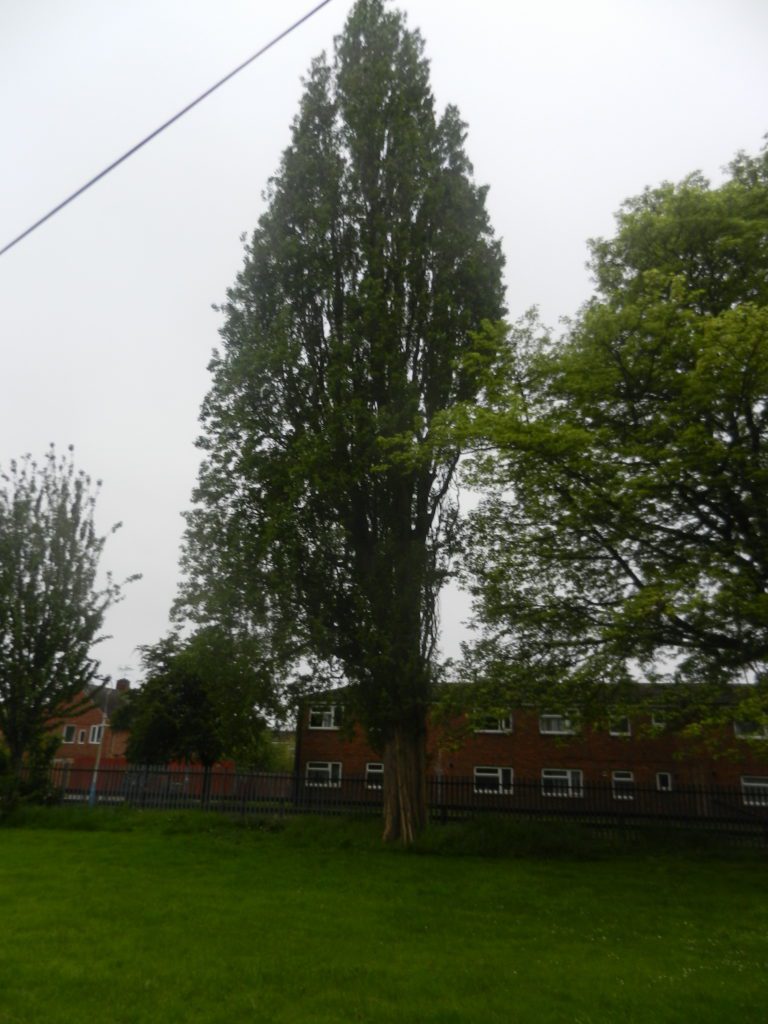
It may come as a surprise, it did to me, to discover that Kingston upon Hull is officially classed as a green city being, I believe, in the top ten of Britain’s green cities. I assume that this classification is determined by the degree of green coverage when deciduous trees are in leaf, this when seen/filmed from above from light aircraft or drones (this would make more sense than just counting the number of trees). Clearly there will be concentrations of greenery in municipal parks although in Hull there will also be linear patches along roads with roadside tree planting either on estates such as Garden Village or Anlaby Park or on areas with tree-lined roads such as Boulevard or the Avenues.
It is interesting to note that areas such as those listed above were suburban in their day, now much overtaken by urban expansion. With this in mind do contemporary suburban developments follow suit? The answer is no. For example, a large new private estate being built beside Great Gutter Lane in Willerby has no tree planting incorporated, the same being true of new housing expanding across farmland south of Castle Road, Cottingham. Huge sums of money borrowed to live in a house of modest proportions with not a tree in sight.
Although I have mentioned it before, I am reminded of a comment by Cottingham resident to the effect that their suburban environment has become over developed with little or no greenery, except in the municipal cemetery and, to a lesser extent, King George playing fields. This is true also of the suburban council estates of Hull and of the continuously expanding estate at Kingswood, soon to swallow-up the historic village of Wawne.
Of course, a lot will depend on how many trees there are planted in private gardens.
(to be continued).